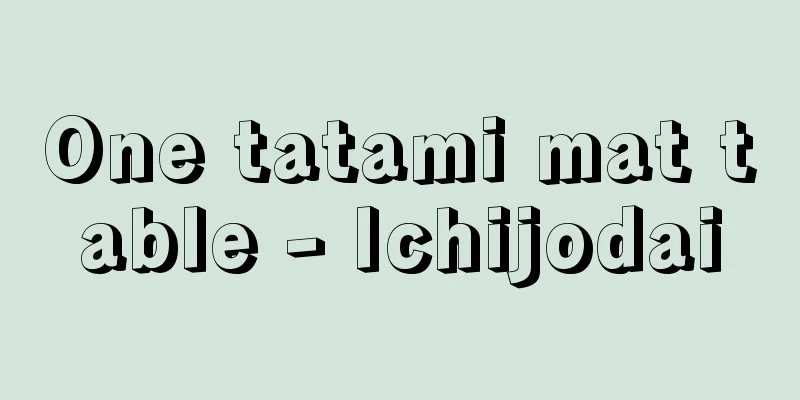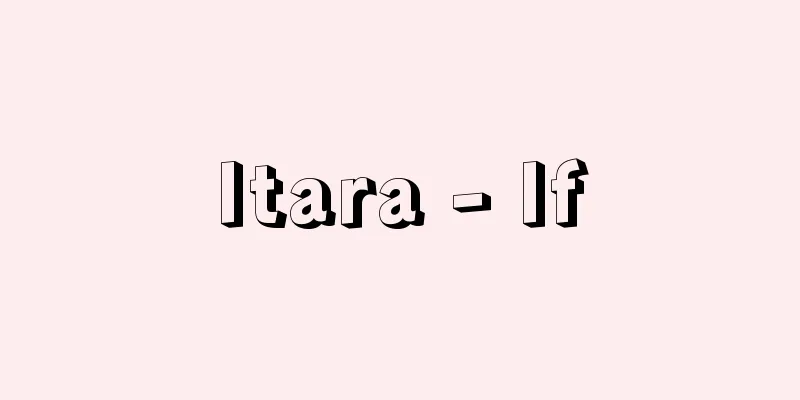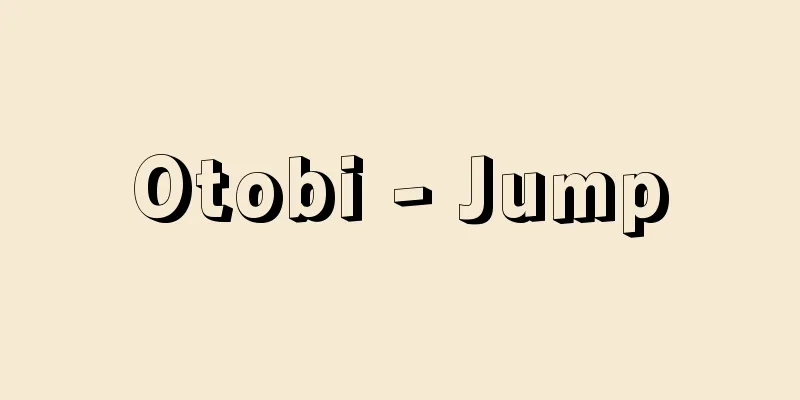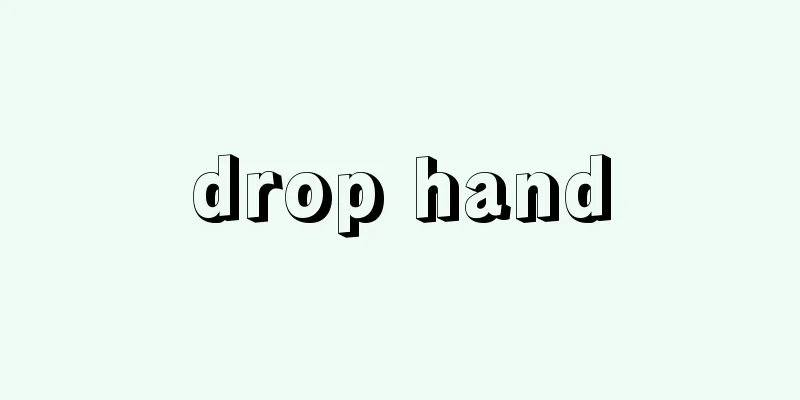Numbers - Numbers

|
The act of counting is an ability unique to humans among all living creatures on Earth, but it is not entirely clear how people counted and recorded numbers in prehistoric times. The most basic way to represent numbers is to mark a stick with the number of notches, but eventually a simple, systematic number system was developed to count and record larger numbers, and codes were devised to represent them. A number system based on the number of human fingers has been used by many ethnic groups since ancient times. Numerals as characters representing numbers have developed differently in each ancient civilization depending on the writing technique, or writing tools. For example, in Babylonia, pointed writing implements were used on clay tablets, resulting in cuneiform numerals, while in ancient Egypt, papyrus and pens were used to create hieroglyphic numerals. The Maya used sticks and pebbles, while in China and Japan, writing brushes were used to develop Chinese numerals. The method of writing numbers using numbers (numeration) is related to place value, and new symbols are used to represent large numbers. For example, the Egyptians, who adopted the decimal system early on, did not know of place value including zero, so they used new letters for the numbers one, ten, hundred, thousand, etc. In hieroglyphics, symbols such as a vertical pole for the ones place, a tether for grazing cattle for the tens place, a rolled surveying rope for measuring length for the hundreds place, a lotus leaf for the thousands place, a finger for the tens place, a tadpole for the hundreds of thousands place, and a surprised person for the millions place were used. The symbol for zero was first used in Babylonia around 300 BC, and at that time it was not the modern 0, but a sideways W. It is said that the zero part was left blank until the appearance of the symbol for zero. Today, the numbers 1, 2, 3, 4, 5, ..., 0 commonly used around the world are called Arabic numerals or Arabic numerals, but they are said to have originated in India. In other words, numbers including the zero symbol and decimal place numbers used in India were transmitted to the West, and gradually modified in Islam, and then transmitted to Europe around the 12th century where they were revised. Then, due to the cultural and political dominance of Europe, they spread rapidly around the world. Roman numerals are the letters I, II, III, V, and X, and are characterized by the use of the subtraction principle, for example, 4 is IV (5-1) and 9 is IX (10-1). [Ken Uchida] "History of Greek Mathematics" by Heath, translated by Hiroshi Hirata, Toshihiko Kikuchi, and Masanori Ohnuma (1959, Kyoritsu Shuppan) ©Shogakukan "> Ancient Egyptian Numbers ©Shogakukan "> Babylonian Numbers ©Shogakukan "> Arabic numerals ©Shogakukan "> Mayan Numbers ©Shogakukan "> Ancient Chinese Numbers ©Shogakukan "> Roman numerals ©Shogakukan "> Changes in Arabic numerals Source: Shogakukan Encyclopedia Nipponica About Encyclopedia Nipponica Information | Legend |
|
数を表す文字をいう。ものを数えるという行為は、地球上の生物のなかで人間だけがもつ能力であるが、先史時代にどのように数え、どのように記録していたかは十分に明らかではない。 もっとも素朴な形での数の表し方としては、1本の棒にその数だけ刻み目をつけるものであるが、やがて大きい数を数え、記録するために簡単で系統的な数組織が生まれ、それを表す符号が考え出された。数組織では、古くから人間の指の数を基礎としたものが多くの民族の間で用いられている。 数を表す文字としての数字は、それぞれの古代文明において、書く技術つまり書く道具によって異なった発展がみられる。たとえば、バビロニアでは粘土板にとがった筆記用具が用いられ楔形(くさびがた)数字が生まれ、古代エジプトではパピルスとペンにより象形数字が生まれた。マヤでは棒切れと小石、中国や日本では毛筆が使われて、漢数字が発展した。 数字によって数を書き表す方法(記数法)は位取りと関連をもち、大きな数の記数には新しい符号が用いられている。たとえば、早くから十進法を採用したエジプト人は、零を含む位取りを知らなかったため、一、十、百、千、……の数字に新しい文字を使った。ヒエログリフでは、一の位は垂直な棒、十の位は放牧したウシに使うつなぎ道具、百の位は長さを測る巻測量綱、千の位はハスの葉、万の位は指、十万の位はオタマジャクシ、百万の位は驚いている人、といった符号が用いられた。零の記号が初めて使われたのは紀元前300年ごろのバビロニアで、当時の零の記号は現在の0ではなく、Wを横にしたような形であった。零の記号が出現するまでは零の部分は空白にしていたといわれる。 今日、世界で共通して使われている1、2、3、4、5、……、0という数字は算用数字、アラビア数字とよばれるが、その発生はインドであるとされる。つまり、インドで使われていた零記号を含む数字と十進法位取りの数字が西方に伝わり、イスラムにおいて少しずつ改変され、それが12世紀ごろヨーロッパに伝わって修正されていったものである。そしてヨーロッパの文化的・政治的優勢もあって急速に世界に広まった。ローマ数字はⅠ、Ⅱ、Ⅲ、Ⅴ、Ⅹといった文字であるが、たとえば4をⅣ(5-1)、9をⅨ(10-1)というように減法原理を使っているのが特徴である。 [内田 謙] 『ヒース著、平田寛・菊地俊彦・大沼正則訳『ギリシア数学史』(1959・共立出版)』 ©Shogakukan"> 古代エジプトの数字 ©Shogakukan"> バビロニアの数字 ©Shogakukan"> アラビアの数字 ©Shogakukan"> マヤの数字 ©Shogakukan"> 古代中国の数字 ©Shogakukan"> ローマ数字 ©Shogakukan"> アラビア数字の変化 出典 小学館 日本大百科全書(ニッポニカ)日本大百科全書(ニッポニカ)について 情報 | 凡例 |
Recommend
School excursion (English spelling)
...There are cases where a trip lasting less than...
khāqān (English spelling) khaqan
...This means a person who was entrusted with sec...
Bench mark
Benchmark. Abbreviated as BM. A point where the el...
Olympius
A high-ranking official in the Western Roman gover...
Dachinkashigi - wage earning
Carrying luggage or passengers on a horse's ba...
Shandong [Province] - Santo
A province in the eastern part of North China. Its...
Kansei-in Temple
...The Yamanashi National Medical University is l...
Ono [city] - Ono
A city in the middle reaches of the Kakogawa River...
Eleusine coracana (English spelling)
…[Tetsuo Koyama]. … From [Finger millet] ...annua...
Zhuzhou
A prefecture-level city located in the eastern pa...
Kajimaya
A wealthy merchant from Osaka during the Edo peri...
usura
…The teaching in the Old Testament, Deuteronomy, ...
Wisdom - sophia (Greek)
It refers to a unified knowledge that is related ...
The original place of Buddha - Shaka no Honji
The title of a sekkyobushi (a Buddhist chant). The...
Windows98 - Windows 98 (English)
An operating system for personal computers release...









